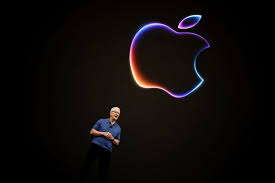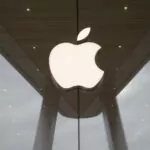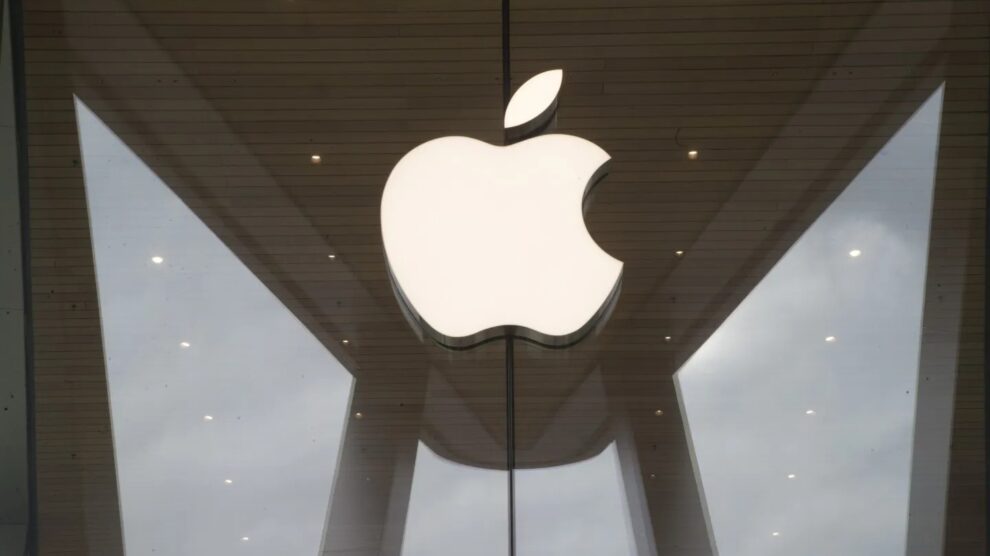If you’re watching Apple right now, you’re witnessing a company standing at one of its most significant crossroads in years. The annual Worldwide Developers Conference (WWDC), a signature moment in Apple’s calendar, has just opened against a backdrop of frustration, disappointment, and a growing realization: for the first time in a long time, Apple’s technological dominance isn’t a given.

You’ve likely noticed that Apple no longer commands the same aura of invincibility it once did. Developers, investors, and consumers alike have started asking hard questions. The expectations heading into this year’s WWDC were not just about new product releases or software upgrades—they were about course correction. You’re not just dealing with another conference keynote filled with sleek animations and polished presenters. You’re witnessing Apple try to reclaim a narrative that has been slipping away for months.
What changed? It comes down to two major storylines converging at once. First, Apple has been late to the artificial intelligence race. And not just slightly late—dangerously behind competitors like Google, OpenAI, and Microsoft. Second, global political tensions, specifically the lingering effects of former President Donald Trump’s trade war with China, have once again surged to the surface, putting pressure on Apple’s global supply chain and long-term viability.
In recent months, you’ve seen a growing sense of unease about how Apple has approached artificial intelligence. While the company made early moves in machine learning with on-device processing, privacy-first Siri updates, and the Neural Engine embedded into its chips, those efforts now look incremental when measured against the massive breakthroughs by rivals. You can’t ignore the way OpenAI’s ChatGPT and Google’s Gemini have reshaped public expectations around what’s possible with generative AI. People no longer just want voice commands and smarter photo sorting—they expect conversational AI, real-time content creation, and truly intelligent personal assistants.
Developers, a key audience at WWDC, are particularly frustrated. For years, they’ve relied on Apple’s App Store ecosystem to build products and grow businesses. But as AI becomes the central engine of tech innovation, Apple hasn’t provided clear tools, APIs, or roadmaps for integrating advanced AI into iOS or macOS apps. You’ve probably heard the complaints already: Apple is too closed, too slow, too controlling. Developers feel locked out of the innovation that’s happening elsewhere.
This year, Tim Cook and his executive team had no choice but to confront that criticism head-on. While the WWDC keynote attempted to put a positive spin on things—announcing a partnership with OpenAI to bring ChatGPT capabilities into Siri and unveiling a suite of AI-powered updates under the “Apple Intelligence” branding—most experts saw it for what it was: catch-up.
You don’t need to be a tech insider to understand what’s at stake. AI is no longer a side feature. It’s foundational. If Apple continues to lag behind, it risks losing developer loyalty, falling behind in services revenue, and watching hardware sales plateau. And for a company with a nearly $3 trillion market cap, even small missteps can trigger major financial consequences.
The second—arguably more complex—issue is geopolitical. The United States’ relationship with China continues to be fraught, and Apple sits right in the middle of that conflict. You’ve likely followed the headlines about tariffs, export bans, and national security concerns. While the Biden administration has taken a less overtly combative stance than Trump, trade tensions haven’t gone away. In fact, in the run-up to the 2024 presidential election, Trump has made it clear that, if re-elected, he intends to double down on economic protectionism.
Despite some attempts at diversification—building plants in India, shifting some assembly to Vietnam—Apple’s production remains heavily reliant on China. A staggering percentage of its iPhones, iPads, and MacBooks are still assembled there. That dependence has always carried risk, but in the post-COVID world, and with global powers now looking to isolate supply chains for national security reasons, Apple’s business model looks increasingly vulnerable.
| Country | Estimated Production Share | Key Products Assembled |
|---|---|---|
| China | ~60% | iPhones, iPads, MacBooks |
| India | ~10-15% | Select iPhone models |
| Vietnam | ~10% | AirPods, some MacBook components |
| U.S. | ~5-7% | Mac Pro, select chip manufacturing |
| Others | ~8-10% | Various accessory assembly |
During WWDC, there was no avoiding this conversation, even if Apple preferred to keep the focus on software. Investors want to know how the company plans to navigate rising regulatory scrutiny, possible sanctions, and the risk of retaliatory actions from Beijing or Washington. There’s also the looming threat of Chinese competition. Brands like Huawei are resurging in domestic popularity, and Chinese consumers—once loyal Apple customers—are now being nudged toward homegrown alternatives as part of a broader nationalism push.
You’re now seeing Apple operate in a very different world than the one it dominated a decade ago. It’s not enough to deliver hardware updates and glossy keynotes. The company is under pressure to solve fundamental problems that it arguably helped create through its reliance on vertical integration, strict ecosystem control, and long-term bet on China as a manufacturing hub.
Microsoft, for example, has fully embraced its partnership with OpenAI and integrated ChatGPT into nearly every facet of Windows and its Office suite. Google continues to lead in search-based AI and has made Gemini central to Android’s future. Even Meta—often the subject of ridicule in past years—has successfully positioned itself as a serious AI player through open-source models like LLaMA. These companies aren’t just experimenting. They’re reorienting their entire business models around artificial intelligence.
The answer may lie in how the company frames its next steps. If Apple can prove that its approach to AI—one focused on privacy, hardware integration, and user trust—is not just a defensive maneuver but a better long-term vision, it might regain its footing. But that will require more than just software updates. It will require transparency, developer engagement, and a willingness to change how Apple does business.
You’re also likely to see Apple forced to rethink how it communicates with the public. For too long, Apple’s PR machine has operated under the belief that secrecy breeds excitement. That may have worked in the iPhone era, but in a world driven by open-source collaboration and fast iteration, the same approach looks outdated. Developers now expect roadmaps, community feedback, and open beta testing. Apple must evolve, or it risks losing not just attention, but loyalty.
It’s important to understand just how delicate this moment is. If WWDC was meant to project strength, it also exposed cracks. You saw a company trying to reassure, but not fully convincing. You watched Apple announce features that its competitors unveiled months ago. You heard promises of integration with ChatGPT, but with limited details about how that fits into Apple’s broader ecosystem.
Consumers, meanwhile, are becoming less patient. There’s growing skepticism about whether paying premium prices still delivers premium innovation. With smartphone innovation plateauing and iPads offering only incremental updates, Apple needs to make a compelling case for why its products still matter in 2025 and beyond.
You’re watching this unfold in real time. Apple is no longer just a company that sells devices—it’s a cultural institution, a bellwether of the tech economy, and a litmus test for how Silicon Valley responds to rapid global shifts. That means the company’s choices resonate far beyond Cupertino.
If you care about where technology is heading—whether you’re a developer, consumer, investor, or just someone trying to make sense of how the world is changing—this moment matters. You should pay close attention not just to what Apple says, but to what it does over the next 12 months. Because in tech, reputations can crumble quickly. And right now, Apple has more to prove than ever.
The company’s future won’t hinge on flashy product launches or well-edited keynotes. It will come down to trust, speed, and relevance. Will Apple finally become a true player in the generative AI race? Can it reinvent its supply chain before global politics force its hand? And can it adapt its closed ecosystem to a world that demands openness, collaboration, and transparency?










Add Comment